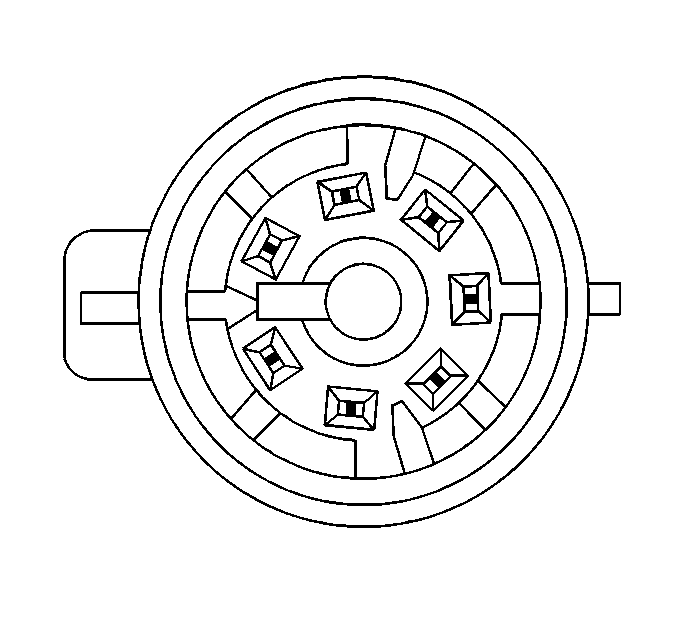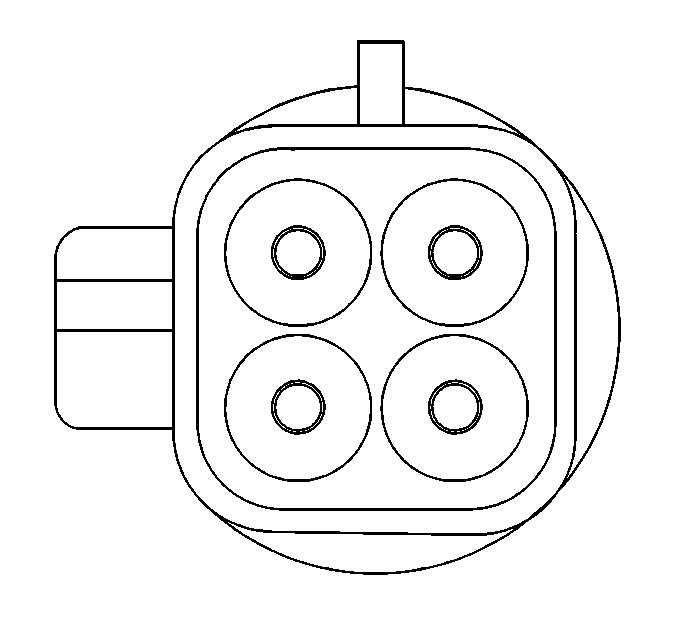Main Case

Adapter Case

The transmission electrical connectors are a very important part of the transmission
operating system. Any interference with the electrical connections can
cause the transmission to set the Diagnostic Trouble Codes (DTCs) and/or
affect proper operation.
The following items can affect the electrical connections:
| • | Bent pins in the connector from rough handling during connection
and disconnection. |
| • | Wires backing away from the pins or coming uncrimped (in either
the internal or external wiring harness). |
| • | Dirt contamination entering the connector when disconnected. |
| • | Pins in the internal wiring connector backing out of the connector
or pushed out during reconnection. |
| • | Excessive transmission fluid leaking into the connector, wicking
up into the external wiring harness, and degrading the wire insulation. |
| • | Water/moisture intrusion into the connector. |
| • | Low pin retention from the external connector from excessive connection
and disconnection of the wiring connector assembly. |
| • | Pin corrosion from contamination. |
| • | Broken/cracked connector assembly. |
Points to remember when working with the transmission wiring connectors:
| • | In order to remove a connector: |
| 1. | Release the locking tang and pull the connector straight out. |
| 2. | Carefully limit twisting or wiggling the connectors during removal.
Bent pins can occur. |
| 3. | Do not pry the connectors off with a screwdriver or other tool. |
| • | In order to reinstall a connector: |
| 1. | Be certain that both halves of the connector are free of dirt
or other contaminants. |
| 2. | Line up the connector with the mating half and push the connector
straight in until the locking tang catches. |
| 3. | Whenever the transmission external wiring connectors are disconnected
from the internal harness and the engine is operating, the DTCs will set.
Clear these DTCs after reconnecting the external connectors. |


